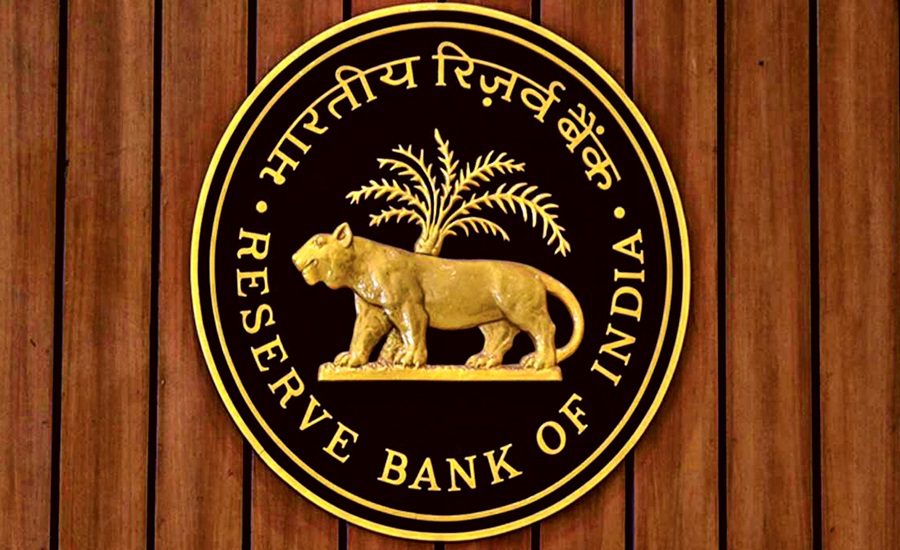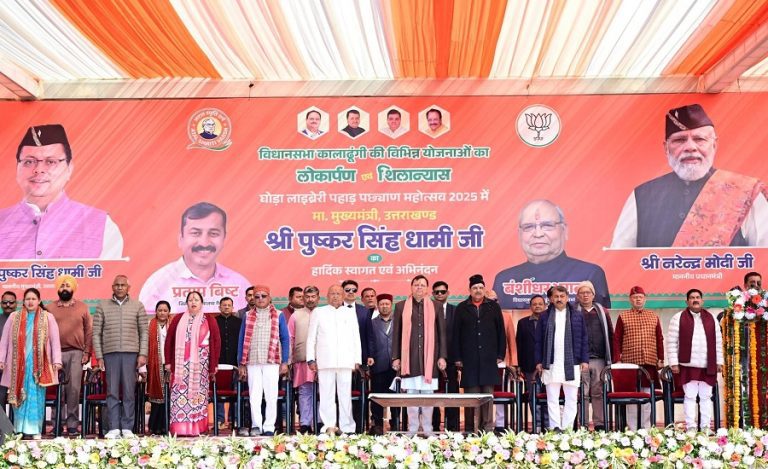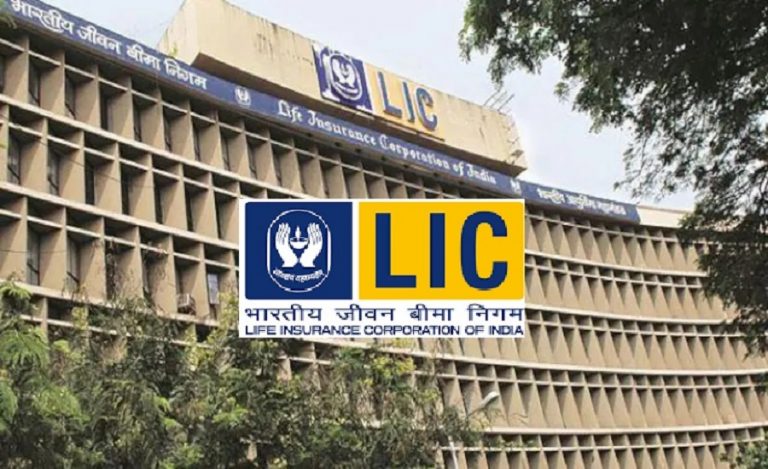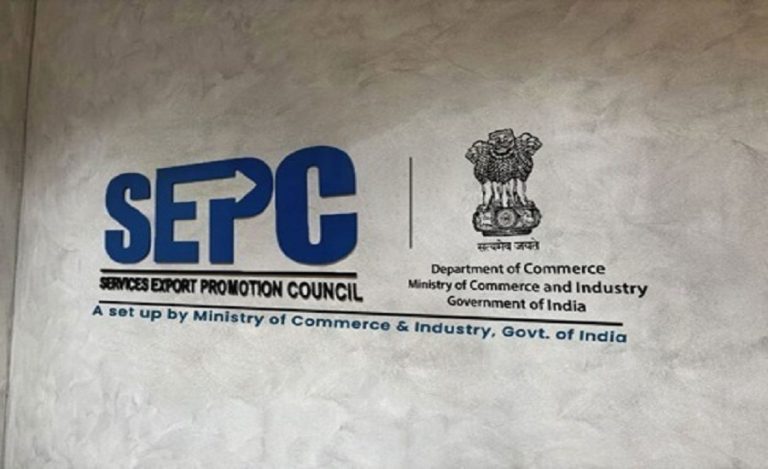India’s banking sector saw six consecutive years of rising profitability, with NPAs at a 13-year low, strong credit growth, and improved asset quality in 2023-24. The report highlights a significant decline in gross non-performing assets (GNPA), which have dropped to their lowest level in 13 years.
Profitability and Return on Assets Show Strong Growth
The RBI’s Report on Trend and Progress of Banking in India 2023-24 reveals that the profitability of Indian banks continued to rise, driven by India’s robust macroeconomic fundamentals. For the sixth year in a row, banks’ profitability surged, with key metrics such as return on assets (RoA) at 1.4% and return on equity (RoE) at 14.6%. The strong financial performance continued into the first half of fiscal year 2024-25.
Decline in Non-Performing Assets (NPAs)
One of the most notable aspects of the report was the sharp reduction in NPAs. The gross bad debt ratio, or GNPA, stood at a 13-year low of 2.7% by March 2024. This trend continued into the second quarter of fiscal year 2024-25, with the GNPA ratio further dropping to 2.5% by September 2024. The improvement in asset quality reflects the strengthening financial health of Indian banks, which is a testament to the improved loan repayment and risk management practices within the banking sector.
Capital Adequacy and Credit Growth
The RBI’s report also highlighted the satisfactory capital position of banks, noting that key capital adequacy ratios, such as the capital to risk-weighted assets ratio (CRAR) and leverage ratio, remained strong. Additionally, non-banking financial companies (NBFCs) saw robust credit expansion, coupled with improvements in balance sheets, asset quality, and profitability. The NBFC sector also exhibited double-digit credit growth, although its unsecured lending showed a contraction.
Commercial Bank Performance
India’s scheduled commercial banks, which include public sector, private sector, and foreign banks, have shown significant improvement in their financials. The net profit of scheduled commercial banks surged by 32.8%, reaching Rs 3,49,603 crore during the last fiscal year. The sector’s consolidated balance sheet, excluding regional rural banks (RRBs), grew by 15.5% during 2023-24, compared to a growth of 12.2% in the previous fiscal year.
Outlook and Future Prospects
Looking ahead, the banking sector’s outlook remains positive, driven by strong economic fundamentals, continued credit growth, and improving asset quality. The financial health of both banks and non-banking financial companies reflects a solid foundation for sustained growth and stability in the Indian financial system.
At the end of March 2024, the commercial banking sector consisted of 12 public sector banks (PSBs), 21 private sector banks (PVBs), 45 foreign banks (FBs), 12 small finance banks (SFBs), six payments banks (PBs), 43 regional rural banks (RRBs), and two local area banks (LABs). A total of 137 of these 141 commercial banks were classified as scheduled banks, with the remaining four non-scheduled.
Improved Asset Quality for NBFCs
The NBFC sector, an integral part of the Indian financial ecosystem, also showed notable improvements in asset quality. The GNPA ratio of NBFCs dropped to 3.4% by the end of September 2024, with capital buffers remaining strong and well above the regulatory norms.
As India’s banking and financial sectors continue to show resilience and growth, the country is well-positioned to navigate future challenges and further solidify its position as a global economic powerhouse.
Get Latest Updates on Indian Bureaucracy News, IAS News, IPS News, IFS News, IRS News, Civil Services Excam News, Judiciary News, State Civil Services News, PSU News


























